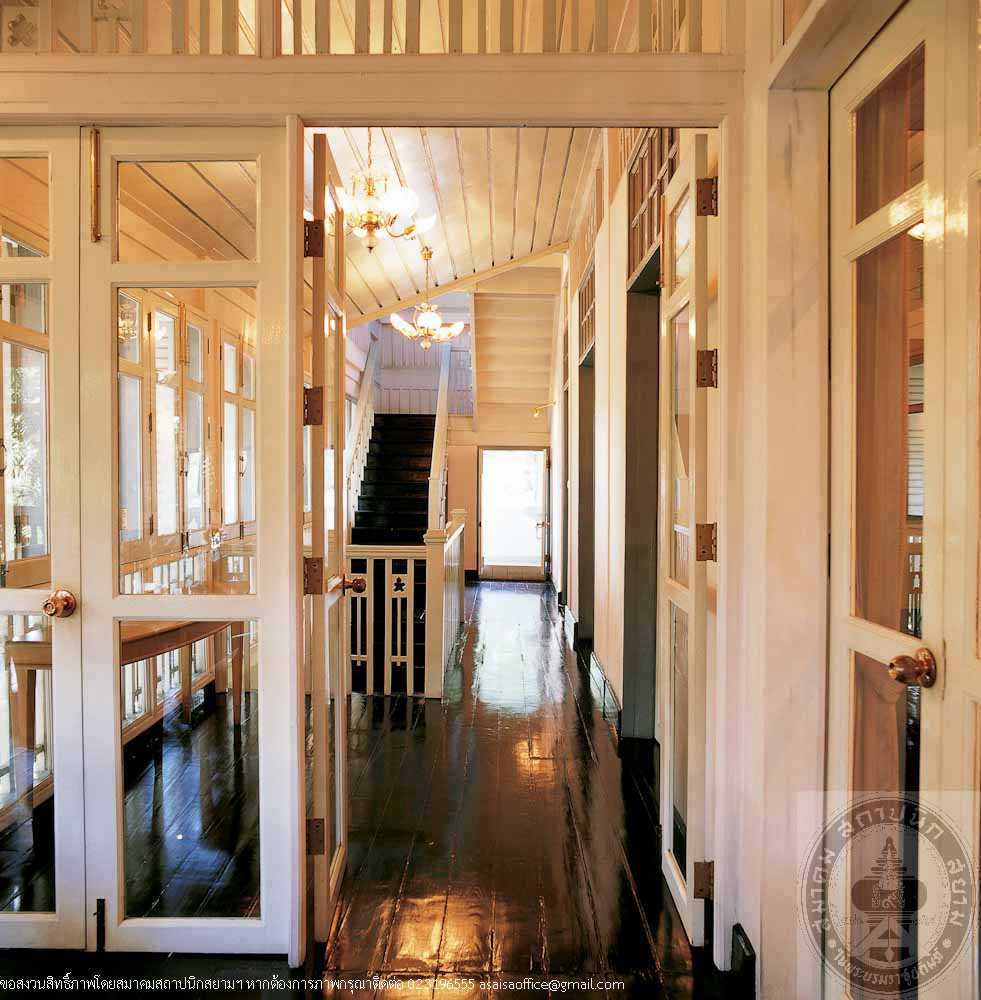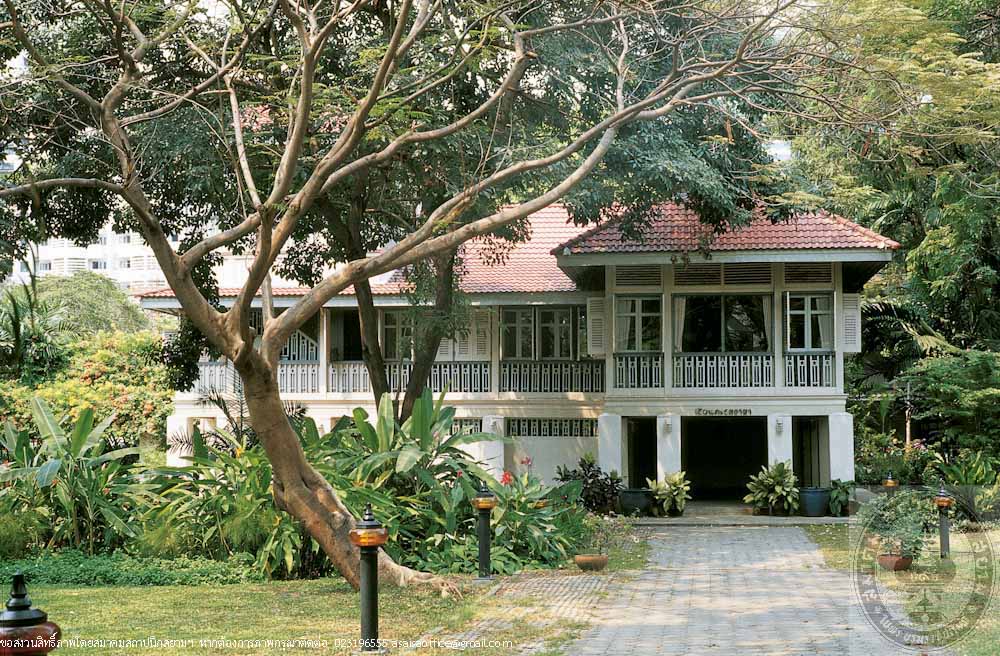เรือนภะรตราชา
เรือนภะรตราชา
ที่ตั้ง จุฬาลงกรณ์มหาวิทยาลัย (ฝั่งสำนักงานอธิการบดี) ถนนพญาไท เขตปทุมวัน กรุงเทพฯ
สถาปนิก/ผู้ออกแบบ -
ผู้ครอบครอง จุฬาลงกรณ์มหาวิทยาลัย
ปีที่สร้าง พ.ศ. 2460 - 2472
ปีที่ได้รับรางวัล พ.ศ. 2540
ประวัติ
เรือนภะรตราชาเป็นอาคารครึ่งตึกครึ่งไม้ 2 ชั้นครึ่ง ใต้ถุนโล่ง รูปแบบสถาปัตยกรรมโคโลเนียล ลักษณะเด่นคือมีหอสูง หลังคาทรงมะนิลา ประดับไม้ฉลุตกแต่งที่เชิงชาย ราวบันได และราวระเบียง
เมื่อแรกสร้างในสมัยที่ 6 นั้น เรือนภะรตราชาได้ใช้เป็นบ้านพักของผู้บริหารอาจารย์ชาวต่างประเทศ และข้าราชการของจุฬาลงกรณ์มหาวิทยาลัยอยู่ระยะหนึ่ง จากนั้นก็เปลี่ยนเป็นที่การของหน่วยงานต่างๆของมหาวิทยาลัย เมื่ออาคารชำรุดทรดโทรมลง ทางมหาวิทยาลัยจึงได้ดำเนินการอนุรักษ์เพื่อเป็นอนุสรณ์สถานและเป็นรำลึกถึงพระยาภีรตราชา (ม.ล. ทศทิศ อิศรเสนา) อดีตผู้บัญชาการจุฬาลงกรณ์มหาวิทยาลัย ระหว่าง พ.ศ. 2472-2495 ผู้เคยพำนักในเรือนนี้ เพื่อให้อนุชนรุ่นหลังได้เรียนรู้สภาพความเป็นอยู่ของชนรุ่นก่อน รวมทั้งเป็นสถานศึกษาทางศิลปวัฒนธรรมของไทยสืบไป นอกจากนี้ ยังใช้เป็นที่ทำการของ “ภูมิสโมสร” คือสถานที่ใช้ประโยชน์ในกิจกรรมต่างๆ เช่น การประชุม สัมนา การจัดเลี้ยงรับรอง และจัดนิทรรศการ

เรือนภะรตราชา จุฬาลงกรณ์มหาวิทยาลัย

เรือนภะรตราชา จุฬาลงกรณ์มหาวิทยาลัย
-

เรือนภะรตราชา จุฬาลงกรณ์มหาวิทยาลัย
-

เรือนภะรตราชา จุฬาลงกรณ์มหาวิทยาลัย
Pharotracha House
Location Chulalongkorn Unicersity, Phayathai Road, Khet Pathum Wan, Bangkok
Architect/Designer Unknown
Proprietor Chulalongkorn University
Date of Construction 1917 - 1929 AD.
Conservation Awarded 1997 AD.
History
Phraotracha House is a two-storey Colonial style building with a tower and an open ground floor. The roof is gabled-hip decorated with fretwork at eaves boards and balustrades.
During the reign of King Rama VI when this building was first built, it was a residence of the university adminstrators, foreign lectures, and officials. Later it has become an office of several university offices alternately until the building was much deteriorated. The university then decided to conserve it as a commemoration to Phraya Pharotracha (Mom Luang Thosthis Isarasena), the Commander of Chulalongkorn University during 1929-1952 who used to reside at this building. The building is also intended to be conserved as an evidence of residential building in those days, as well as to be used for the syudies of Thai culture. Furthermore it also houses the “Phummethi Samosorn”, which serves various activities such as conferences, seminars, receptions and exhibition.